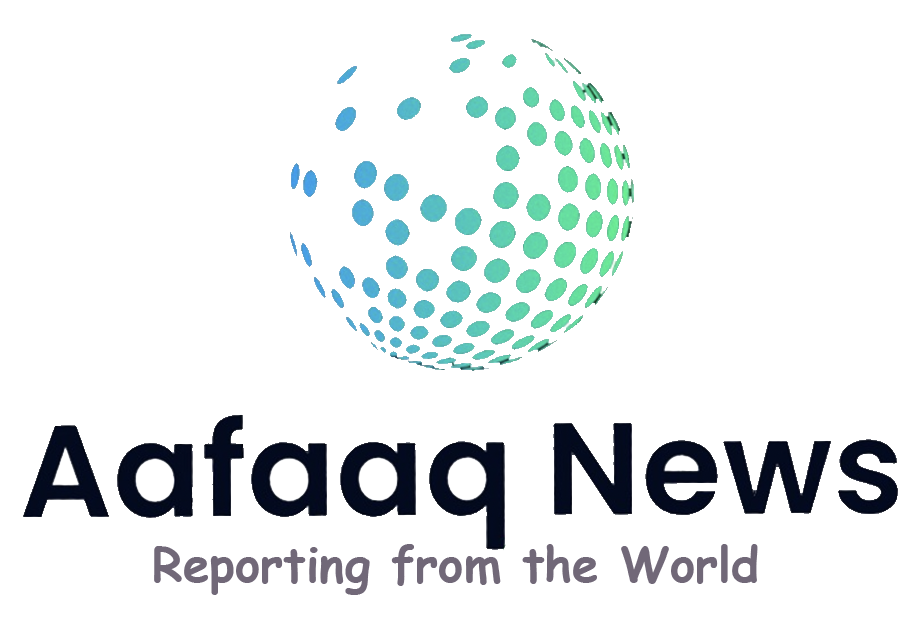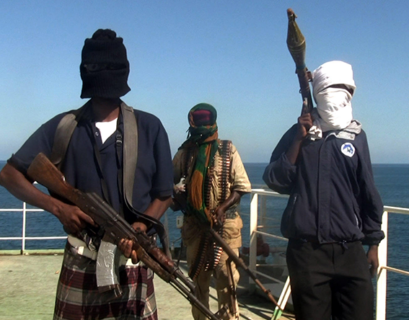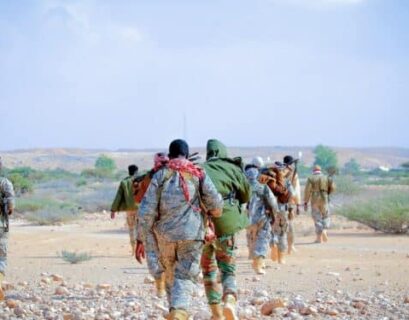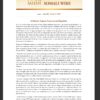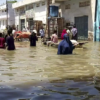As the relentless sun beats down on the dusty expanse near Galkayo in central Somalia, a heart-wrenching scene unfolds. In a cluster of tin shacks, mothers voice a shared despair: they don’t know how they will feed their children. This anguish is echoed across Somalia, a country crippled by conflict and now reeling from climate-induced disasters.

Climate Catastrophe and Human Suffering
Somalia’s climate woes are a stark testament to the reality of climate change. From 2020 to late 2022, the rains failed five times consecutively, causing the worst drought in 40 years and pushing the nation to the brink of famine. A $2.4 billion emergency response led by the UN’s World Food Programme (WFP) and international charities averted disaster. However, last year, the country faced its worst flooding in a century, which obliterated fields, spiked food prices, and displaced over a million people.
El-Khidir Daloum, WFP’s country director for Somalia, emphasizes the injustice: “The Somali people didn’t contribute to the climate crisis, but they are suffering from it.” The tiny settlement of Samawade exemplifies this plight, with almost all 167 families there having fled conflict, drought, or floods. These displacements highlight the fragility of Somalia, a state ravaged by war since 1991 and now further battered by extreme weather.
The Humanitarian Crisis
Approximately 4 million Somalis, a fifth of the population, are experiencing “crisis” or “emergency” levels of food insecurity. This includes 1.7 million children under five facing acute malnutrition. Muslimo, a mother of nine, worries constantly about feeding her children. Despite their dire need, funding falls short: of the $1.6 billion required for Somalia’s humanitarian response this year, less than $200 million has been secured.
Mohamed Abdiladif of Save the Children in Somalia speaks to the heartbreaking choices aid workers must make. “You see with your own eyes children who are severely malnourished and there is nothing very much you can do for them,” he says. The overwhelming crisis stems not only from extreme weather and conflict but also from decades of poverty inflicted by warlords, jihadists, and corrupt officials.
Economic and Social Challenges
Somalia’s economic lifelines are its diaspora, which sends home about $2 billion annually, and foreign aid, amounting to $3.6 billion last year. Despite these inflows, the country remains one of the poorest globally, with a GDP per capita likely under $800. Corruption exacerbates the situation, with Somalia ranked the most corrupt country out of 180 by Transparency International.
The reliance on aid partially explains why nearly one in five Somalis lives in dismal camps. Internally displaced people (IDPs) number almost 4 million, up from about 1 million a decade ago. Many yearn to return to their former lives. Halima, a grandmother, longs to farm again, while Daka, another displaced person, dreams of tending her lost herds. Yet, their old lives are often unreachable, whether due to floods washing away farms or the lack of capital to rebuild herds.
The Path Forward
Somalia’s displaced populations are effectively trapped in camps, reliant on aid and with no security of tenure. Immediate help is crucial to feed and sustain them. However, long-term solutions are also necessary. Somalia’s rulers must start viewing these displaced people as citizens. Transforming temporary camps into permanent neighbourhoods with schools, clinics, decent housing, and jobs is essential to breaking the cycle of crises.
The plight of Somalia is a compelling call to action for the global community. It’s a reminder of the urgent need to address both the immediate humanitarian crises and the underlying issues of governance, development, and climate resilience.
